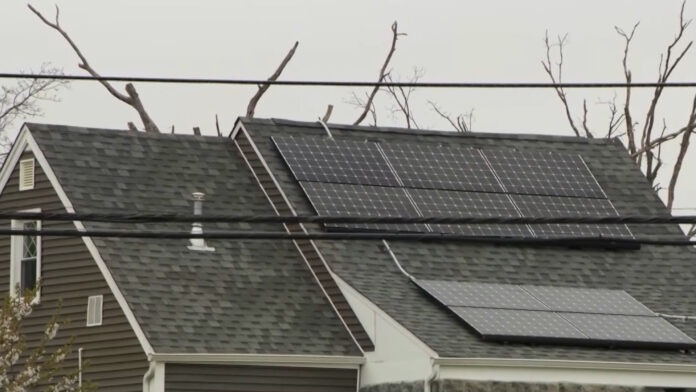New Jersey continues to lead the nation in solar power adoption, blending ambitious clean energy goals with robust incentives for residents and businesses. With over 5.2 gigawatts of installed solar photovoltaic (PV) capacity spread across more than 220,000 systems, the Garden State ranks third in solar density per square mile, a testament to its proactive energy policies and public enthusiasm for renewable energy. For continued insights into cutting-edge energy developments in New Jersey, visit https://explorenewjersey.org/category/cutting-edge/
The state achieved a major milestone in December 2024, surpassing 5 GW of total installed solar capacity, and currently holds the 13th spot nationwide for cumulative solar PV installations. Solar energy, while still a smaller portion of New Jersey’s electricity mix compared to nuclear power, now contributes roughly 2% of total consumption, and its role is projected to grow rapidly as the state moves toward Governor Phil Murphy’s accelerated goal of 100% clean electricity by 2035.
To encourage widespread adoption, New Jersey has implemented an array of financial incentives. Residents can benefit from the federal Investment Tax Credit (ITC), which currently offers a 30% deduction on system costs but is set to expire for installations completed after December 31, 2025. The Successor Solar Incentive (SuSI) program provides fixed payments for electricity generated, with each residential SREC-II certificate valued at $85 for 15 years. Net metering allows homeowners to receive full retail credit for excess energy fed back to the grid, while both sales tax and property tax exemptions further reduce installation costs.
New Jersey has also become a hub for innovative solar projects. The largest floating solar array in the Americas, an 8.9 MW installation, operates at the New Jersey American Water treatment plant in Millburn. Landfills and brownfields are being transformed into productive solar sites, including the Mount Olive Solar Farm, the largest landfill solar project in North America. State legislation requires all new warehouses to be solar-ready, and community solar programs now provide residents the opportunity to participate in solar projects without installing panels on their own properties, with 3,000 MW of additional community solar capacity planned by October 2025.
The looming expiration of the federal ITC is creating urgency in both the residential and commercial sectors. Homeowners who install solar after December 31, 2025, will no longer benefit from a 30% upfront federal tax credit, which for an average 5 kW system equates to approximately $4,100 in savings. The resulting rush for installations has already caused delays in permitting, utility approvals, and scheduling. Without the federal credit, payback periods for typical systems will lengthen, potentially making some projects less financially attractive despite continued state incentives.
For commercial projects, the upcoming shift from Section 25D to Section 48E of the tax code introduces more stringent requirements, including prevailing wage mandates, domestic content rules, and siting restrictions. Foreign equipment sourcing restrictions beginning in 2026 may further complicate supply chains and increase costs, prompting many companies to aim for project starts by the end of 2025 to lock in favorable terms. Stand-alone battery storage projects are largely unaffected and will continue to benefit from the ITC timeline set under the Inflation Reduction Act.
Despite these challenges, New Jersey’s strong state-level programs, including SuSI payments and favorable net metering policies, are expected to cushion the market from a sudden slowdown. The New Jersey Board of Public Utilities is monitoring the transition closely and evaluating strategies to maintain momentum in the solar industry. Analysts suggest that the state’s mature solar market, combined with proactive local incentives, may allow New Jersey to sustain growth even without federal support.
As the federal ITC deadline approaches, homeowners, businesses, and developers are under pressure to act quickly, creating a window of opportunity for those looking to adopt solar before 2026. New Jersey’s combination of ambitious clean energy goals, innovative projects, and financial incentives continues to make the state a national leader in solar adoption, ensuring the Garden State remains at the forefront of the renewable energy revolution. For ongoing coverage of New Jersey’s solar industry and other cutting-edge energy initiatives, visit https://explorenewjersey.org/category/cutting-edge/











